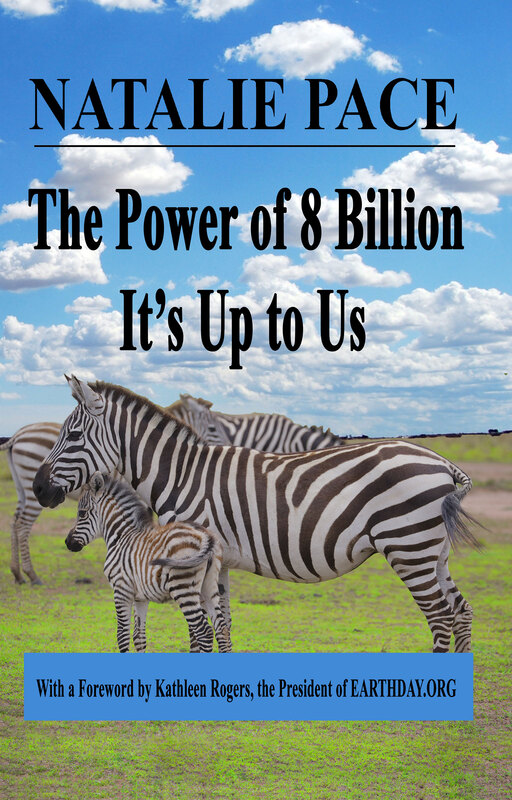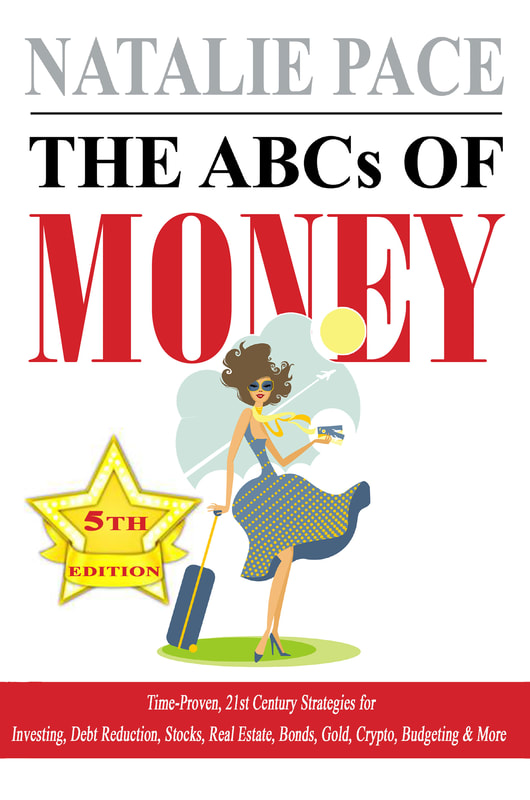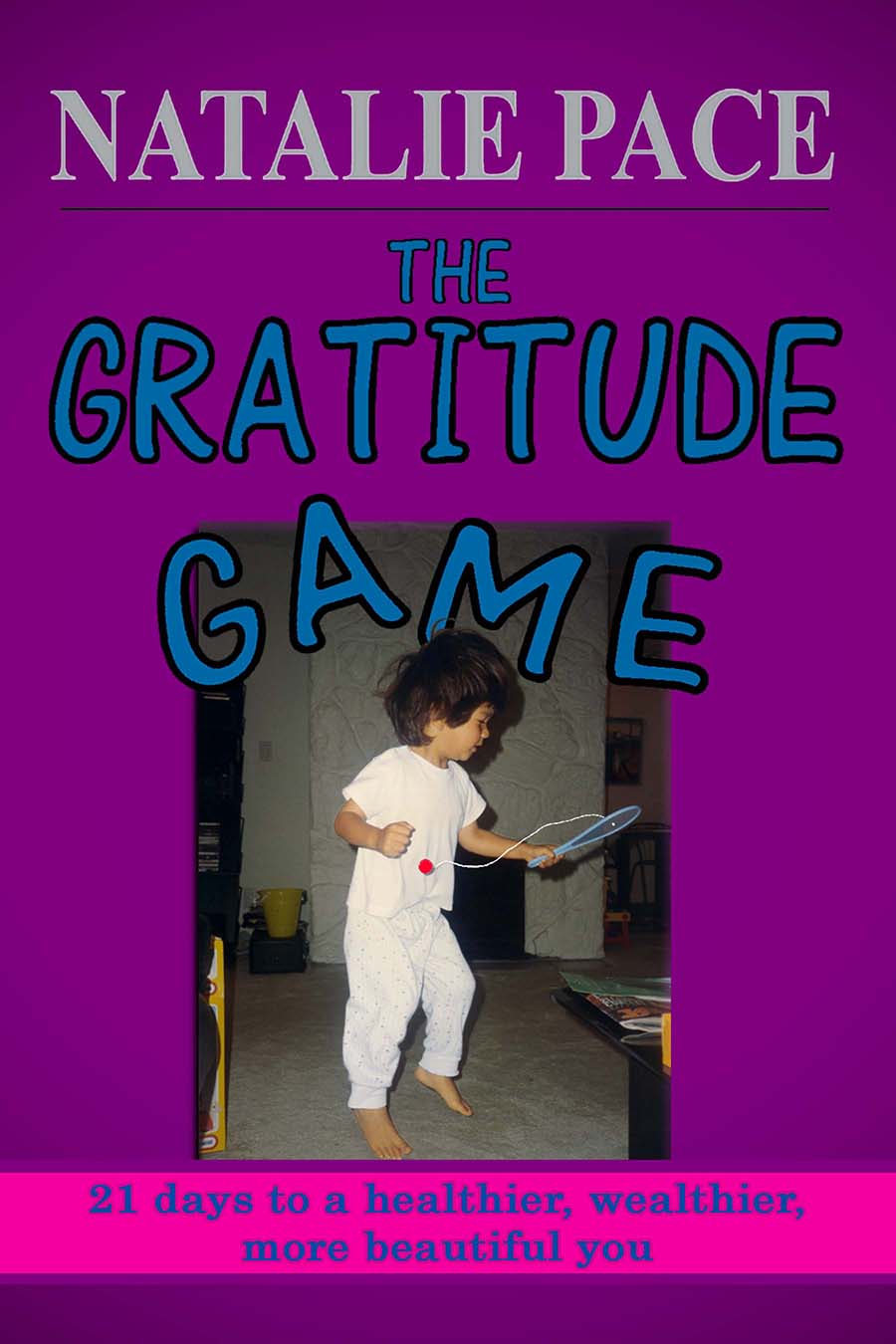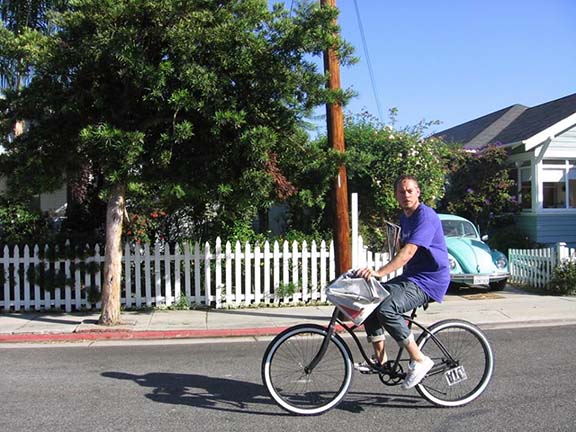|
At the rate I’m consuming, I’m using up 3–9 planets, according to the carbon footprint calculator at Earth Day Network.
This was surprising to me because over the last 14 years, I have reduced my energy and consumer habits dramatically. · I drive about 15% of what I did in 2010 (when the BP Oil Spill erupted), and “fill up” about once a month. Most Americans are using 1.6 gallons of gasoline per day; mine equates to a little over ½ gallon/day (source: @EIAgov). · I have driven the same car for the last 16 years ensuring there is one less car in the landfills · I purchase food from local farmer’s markets, mostly organic — limiting the gasoline and pollution from trucking food from far away. This is more nutritious, too. · I shop with reusable canvas or paper bags · I walk or ride a bike for most of my errands · I telecommute for work · I opt for natural lighting, adjusting my work space throughout the day to avoid turning on lights. When I do turn on the lights the mantra is, “On when I enter and off when I leave” · I use LED lighting instead of CFLs or incandescent lighting · I find ways (opening and closing doors, windows and blinds) to keep my heating and cooling needs to a minimum · I buy well-made, classically designed clothes that I can reuse and often adopt a “uniform” approach to daily ware to reduce the amount of clothing that I purchase · I avoid plastic and opt for recycled plastic and paper as much as possible · When I travel I use public transportation · I gift heartfelt personal items as much as possible · I use a reusable stainless steel water bottle and reusable coffee containers · I’ve adopted “cleansing reduction” — opting for strategic cleansing rather than daily showers (better for my skin, too!) And still I’m using up at least three planets worth of resources — more than Earth can offer. So, what gives? The developed world is simply unsustainable. Like it or not, our fuel and electricity is still sourced largely from fossil fuels. According to the Energy Information Administration (@EIAgov), in 2015, about 4 trillion kilowatts of electricity was produced, with 67% coming from coal, natural gas and petroleum. Read more of my sustainability and financial wisdom blogs on HuffingtonPost and Medium. Miami, Florida is already experiencing Sunny Day Flooding during high tides, when sea water and fish flood the city streets. This is not a some-day problem. Sea level rise is here and now, and Miami, Florida is the most vulnerable city in the world by assets. That is why a bipartisan group of 21 Mayors in Southern Florida want climate change added to the Presidential election debate.
See a pair of letters that a team of 21 bipartisan Southern Florida Mayors sent to the Florida Democratic and Republican convention debate moderators by clicking on letters. Listen to my interview with Mayor Philip Stoddard of South Miami and Mayor Cindy Lerner of Pinecrest, Florida on my BlogTalkRadio page. Discover just how dire the situation in southern Florida is, what the local politicians are doing to shore up their communities and what our next President must champion to protect all of our coastal communities here in the U.S. from rising sea levels and climate change. http://www.blogtalkradio.com/nataliepace/2016/05/26/florida-mayors-on-local-climate-related-problems Get sustainability solutions in the free Earth Day Gratitude ebook at http://earthdaygratitude.com/. Learn how the latest green trend equals savings of up to 90 percent on your heating bill.
When Susan Guthridge-Gould and her husband Chris Gould had the opportunity to build a house in Stuyvesant, New York, it wasn’t your run-of-the-mill home-shopping process. Her property had been in the family for over three centuries, so there was pressure to build something that stayed true to the land. And the opportunity to build a family home had come decades after a hard-fought battle — fighting a utility company to keep her homeland from becoming a nuclear power plant. Susan describes what happened, saying, “I was 12, on my way back from church camp, when we found out that guys had come to the front door and told my parents that our property was up for eminent domain.” Most (94 out of 104) of the nuclear reactors in the United States were put into operation 20-40 years ago. The majority of the 104 nuclear power plants are on the East Coast. After that life-shattering day in 1976, court battles followed for the next three years, with helicopters flying overhead frequently. There were nonstop hearings and sworn testimonies. College funds were drained to pay for attorneys. Family projects included spelling out “No Nukes” with hay bales to be seen from the air. Worry and stress were constant, particularly for Susan’s mother, whose family had owned the land for at least seven generations. Bickering raged between the utilities on who gets how much, at what price and questions from the judge concerning, “Is that much power really needed?” And then the Three Mile Island accident occurred — on March 28, 1979 — bringing everything to a screeching halt. It’s easy to understand why 36 years later, Susan was still asking that question when she went to design her dream home. “Is that much power really needed?” According to Susan, “How great would it be if energy is more abundant because we build (or remodel) in smart ways? That’s a step towards a cleaner and safer world free from the risks of radioactivity, air and water pollution or dependence on foreign oil.” And the quest for that answer led her straight to the doorstep of the Hudson Passive Project, a home designed by renowned architect Dennis Wedlick, built by the Bill Stratton Building Company and realized with the support of the New York State Energy Research and Development Authority (NYSERDA). HPP is the first certified passive house in New York. The home is designed and constructed to reduce energy consumption — even in the frigid climate of Hudson Valley, New York — by up to 90 percent. I was a little skeptical that the heat of humans (with a little help from the sun) could power an insulated house (Matrix-style), until I took a tour of the Hudson Passive Project home on a crisp fall day. The outside temperature was in the 50s, and the temperature inside was fresh and comfortable, in the 70s — without any heating, outside of the sun streaming through the south-facing windows. There were two dogs inside. The “lungs” of the house — a smart ventilation system — swapped fresh outside air in for the stale scent of smelly dog, and in the process even heated the in-flowing air. According to Jordan Dentz, the vice president at The Levy Partnership, an engineering firm that monitors the energy usage at the Hudson Passive Project for NYSERDA, “Our Hudson Passive Project last winter used just a small fraction (on the order of 1 percent) of the heating energy that would otherwise have been required of a home built without passive features.” See pics of this gorgeous, smart energy home and read the rest of this blog on my HuffingtonPost page. http://www.huffingtonpost.com/natalie-pace/passive-house_b_2229036.html On Saturday, June 2, the world’s attention will turn to Buckingham Palace, where Queen Elizabeth II will celebrate her Diamond Jubilee. Her firstborn son, Charles, The Prince of Wales, will not be throwing a big party, but he is also celebrating a noteworthy occasion — 60 years of being the heir apparent — the longest time anyone has waited to become king. While that sounds like a career buzz-kill, in fact, H.R.H. The Prince of Wales has used his unique position to become sovereign and chief spokesperson of a much larger realm — Earth. History will surely remember Prince Charles as Nature’s King, and if he has his way, each one of us will join in on the sustainable revolution that is needed to save humanity from what he calls “a collapse of catastrophic proportions.”
In his book, Harmony, H.R.H. The Prince of Wales writes, “The Earth’s alarm bells are now ringing loudly and so we cannot go on endlessly prevaricating by finding one skeptical excuse after another for avoiding the need for the human race to act in a more environmentally benign way — which really means only one thing: putting Nature back at the heart of our considerations once more.” His devotion to sustainability and nature is not just lip service or some new public relations stunt designed to make the heir to the British throne more People friendly. Harmony and respect for nature is the soul and inspiration of Highgrove, H.R.H. The Prince of Wales' private home, and has been since The Duchy of Cornwall first purchased the estate in 1980. Click to see amazing photos from the Organic Home Farm of H.R.H. The Prince of Wales, and to read the rest of this post on HuffingtonPost. http://www.huffingtonpost.com/natalie-pace/the-diamond-jubilee_b_1547507.html “I feel like I’m doing a good thing for the world. I have four kids. I want to model that this is what adults who care about the world do. They decide that they are going to make the world a better place and then they make the world a better place.” Chef/Farmer Eric Skokan, owner of the Black Cat Bistro in Boulder, Colorado. I found myself unexpectedly in Boulder for tango and an economics conference a few months ago. I prayed there would be some decent organic food to enjoy. And that is how I discovered the Black Cat Bistro. The Black Cat Bistro boasted of mostly organic farm to fork “Front Range” cuisine, rooted in produce unique to the local forests, fields and mountains. Surprisingly, however, the restaurant was about as local as local gets, and was sourcing produce from its own fields - a farm that included sheep, pigs, geese, turkeys and chicken spread out over 130 acres of land. How in the world can a husband and wife team, with four kids, run a farm and a restaurant for over a decade, I wondered, when any one of those factors could be the straw that broke the business? For answers, I turned to the source: owner/executive chef/farmer Eric Skokan. Natalie Pace: Did you grow all of the food that is being served tonight? Eric Skokan: The rule that Jill and I have is that if we can grow it, we’ll try our best to. The greens are us. Every vegetable that you’ve seen is us. NP: How important is sustainability to your operation? ES: I purchased a set of harvest and transport boxes seven years ago. I still use them. We use and reuse the same totes over and over again. Click here to read the rest of my interview with Chef Skokan on Huffington Post. http://www.huffingtonpost.com/natalie-pace/from-farm-to-fork-literally_b_8204846.html When Dolores Huerta rallied the crowd at the Dalai Lama’s 80th Birthday party to proclaim, “Who’s got the power? We’ve got the power!” Noble Peace Prize winner Jody Williams claimed she wanted to “wash her feet with her hair, like Mary Magdalene.” The Dalai Lama beamed, as he took Dolores’ hand and squeezed it. The power to clean up our world lies more in our hands than most of us admit. (That’s not to say that legislation isn’t necessary, too.) Every day in every corner of the world, there are leaders and everyday folks living more sustainable lives, and leading by example. Yo Esbensen, the founder of Rogue Status, made commuting by bike cool in Venice Beach, California back in 2003 — before there were designated bike lanes. Now there are bike centers everywhere along the beach, and designated lanes with bright green lines that can’t be missed. He didn’t lobby the City Council. He just got on a bike and rode around with his friends. Everywhere. He believes that BMX bikes should be allowed in skate parks or offered equal facilities. Click here to continue reading and to see some of the great achievements of regular folks transforming their communities to be more sustainable. http://www.huffingtonpost.com/natalie-pace/whos-got-the-power-weve-g_b_8297920.html Yo Esbensen, the Founder of Rogue Status, Biking in Venice California
A peacemaker for the ages walks among us. Whether he is blessing world leaders who are notorious for war, accepting the Nobel Peace Prize, or speaking of his own exile from his homeland of Tibet, the message of His Holiness, the 14th Dalai Lama of Tibet is the same. “This should be the peace century.” Everyone present at the Global Compassion Summit at the Bren Events Center at UC Irvine on July 6, 2015 was there to celebrate the 80th birthday of His Holiness, the Dalai Lama, and to learn more about how to embody and promote the values that are close to his heart - gratitude, peace, compassion, education and sustainability. We all worked hard and planned in advance to get there. The smiles, applause and love that erupted when His Holiness stepped on stage that morning were infectious. There are certain occasions, which lift off from the gravity of the moment and become a time stamp for the centuries. Amidst the fun, the celebration, the singing and the gifts at His Holiness' The 14th Dalai Lama of Tibet's 80th birthday celebration, there was a loud and clear call to action on behalf of our planet and humanity. The speakers were united in the message that if the wisdom of our treasured peacemaker is not embodied and enacted now, if we do not collectively shift our focus to reversing the effects of climate change, the consequences could be dire and irreversible. “Nations take interest in their own nation first and then global interest,” the Dalai Lama told everyone in attendance. “They should take global interest first, and then national interest. Serving humanity means that each nation gets the maximum benefit. We have to look at this holistically,” His Holiness continued. Read the rest of this blog and see a slide show of celebrities from the 80th birthday celebration of The Dalai Lama on my HuffingtonPost blog at the link directly below... http://www.huffingtonpost.com/natalie-pace/the-dalai-lama-sounds-the_b_7870918.html |
AuthorNatalie Pace is the co-creator of the Earth Gratitude Project and the author of The Power of 8 Billion: It's Up to Us, The ABCs of Money, The ABCs of Money for College, The Gratitude Game and Put Your Money Where Your Heart Is. She is a repeat guest & speaker on national news shows and stages. She has been ranked the No. 1 stock picker, above over 830 A-list pundits, by an independent tracking agency, and has been saving homes and nest eggs since 1999. Archives
July 2024
Categories |







 RSS Feed
RSS Feed